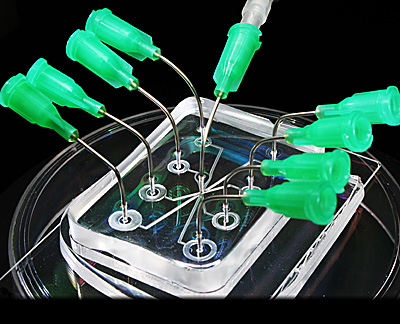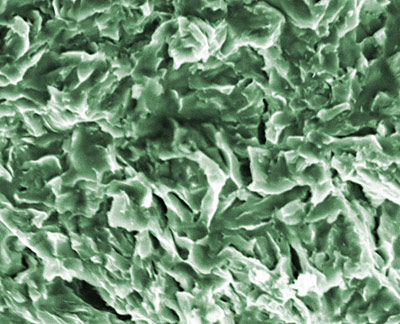Materials Science Portal - OverviewPlastics, carbon nanotubes, high-strength alloys, artificial bone and joint replacements are just some of the emerging materials for which the National Institute of Standards and Technology (NIST) develops testbeds, defines benchmarks, and develops formability measurements and models... Programs and Projects
Theory of Transport in Graphene
Graphene, a single layer of carbon atoms, is one of the most likely materials to produce the next breakthrough in the electronics … more
Nanostructure Fabrication Processes
In this project we are developing in situ measurements relevant to the electrochemical fabrication, processing, and application of nanostructured … more
Semiconductor Nanowire Metrology: Electronics, Photonics, and Sensors
In this project, we are developing metrology needed for the synthesis, processing, and characterization of semiconductor nanowire structures to … more
Measurements for Hydrogen Storage Materials
The goal of this project is to develop the metrology necessary for rapid, high-throughput measurement of the hydrogen content of novel materials … more
Microscopy Methods
This project is developing means of quantitatively measuring chemical distributions in three dimensions at the nanometer scale in materials with … more
Thermodynamic & Kinetic Data for Sustainable Energy
Industry needs thermodynamic and kinetic data for the development of new materials for sustainable energy applications; expanded and new databases … more Software
GPPois: Gaussian Processes for Poisson-noised data
gppois is a Bayesian tool for learning about a smooth function based on noisy measurements of its values. Users train a model of the … more
RMCProfile Utility Programs
Structure refinements using a Reverse Monte Carlo (RMC) method employ large atomic ensembles to fit experimental data. The method relies on a … more
Electron holography
An electron hologram is a fringe modulated image containing the amplitude and phase information of an electron transparent object. The HolograFREE … more
OOF: Finite Element Analysis of Microstructures
The OOF software provides a finite-element modeling capability to users in the field of materials science. It encapsulates advanced numerical … more |
Latest Publications
Prototype Residential Building Designs for Energy and Sustainability Assessment Video Playlist Contact General Information: 100 Bureau Drive, Stop 1070 |




